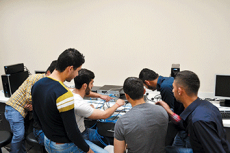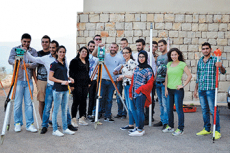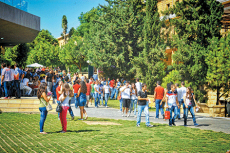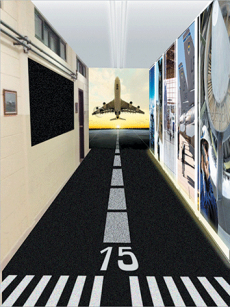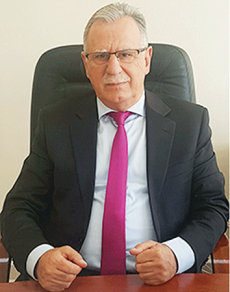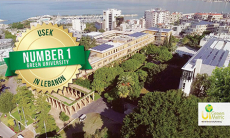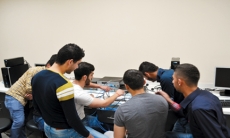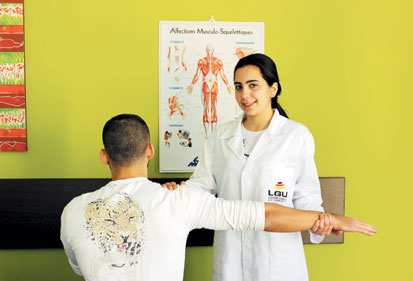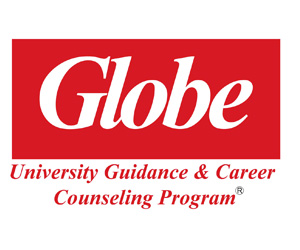Physical Therapy Occupational Therapy
From teaching someone to walk again to relieving the pain of severe arthritis, a day in the life of a physical therapist (PT) can be challenging, but immensely rewarding.
In their role, physical therapists either treat a wide range of patients with varying physical problems or they may specialize in a certain type of care, such as sports injuries.
In many cases, (PT) form long-term relationships with patients and be rewarded by seeing their hard work pay off. The job involves a deep understanding of the human body as well as a compassionate nature since many patients may be struggling with negative emotions related to their injury or disease.

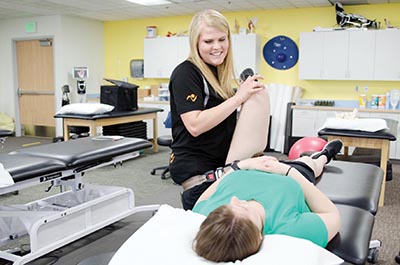
Occupational Therapist vs. Physical Therapist
What’s the Difference?
Occupational therapist vs. physical therapist. Which career is right for you? Both do vital hands-on rehabilitative work to help patients with injuries or disabilities that limit how they’re able to move and function in daily life.
PTs work primarily with people recovering from injuries. The goal is to get patients back in motion with exercises, massage and other techniques, and therapy usually happens in a PT’s office. Physical therapy often focuses on preventing injuries, and it can help people avoid surgery or a long-term reliance on medications.
OTs help their patients perform day-to-day tasks, whether they’re recovering from injuries or have developmental or cognitive disabilities affecting their motor skills, emotions or behavior. Some occupational therapy might happen in a hospital or OT’s office, but a key component occurs in a patient’s home or work environment. There’s a strong emphasis on the practical aspects of helping people do the things they want and need to do so they can live life to the fullest.

Here’s a comparison between occupational therapist vs. physical therapist professions:
Education
- Most practicing physical therapists hold a doctorate, which usually takes three years to complete.
- Master’s degrees take two years and both require an undergraduate degree.
Occupational Therapists Job Duties
- Help patients with daily living skills and self-care tasks (i.e., “occupations”) such as getting dressed
- Support patients with memory loss or other cognitive issues
- Make recommendations about adaptive equipment
- Advise architects and contractors about patients’ accessibility needs
Education
- Occupational therapists need at least a master’s degree to practice (two years).
- A doctoral degree takes between two and three years.

Where to study this major in Lebanon?
You may study this major in the following universities:
LU, ULF, LGU, USJ.







